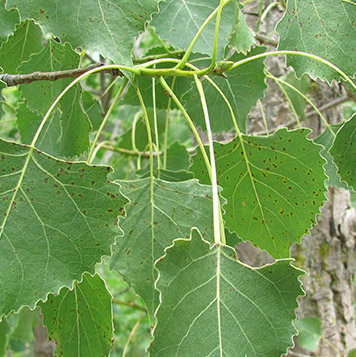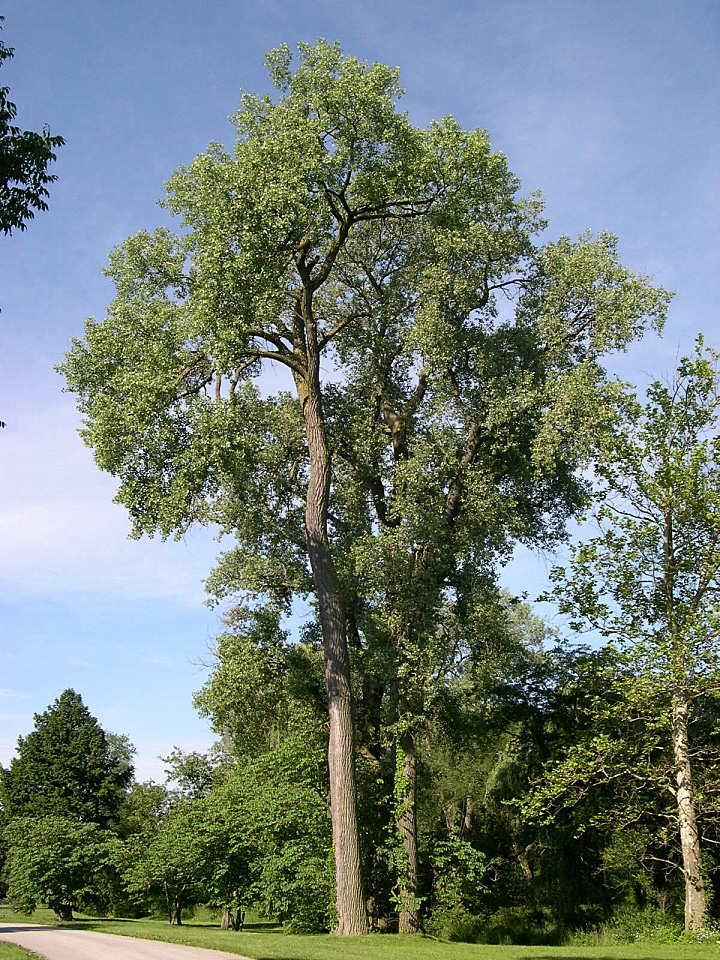eastern cottonwood tree facts
An old-growth eastern cottonwood the balmville tree was growing at the intersection of river road balmville road and commonwealth avenue in balmville new york. Eastern cottonwood is a large tree that grows quickly and it grows around 6 ft 18 m per year.
The Eastern cottonwood tree is by far the most predominant plant species in the flood plains of the US.

. One of those pioneer tree species is the Eastern Cottonwood Populus deltoids Bartram ex Marshall. The soft wood of the eastern cottonwood is often used for plywood and the internal frames of furniture. The eastern cottonwood can be seen throughout Minnesotas landscapes in the urban environment as well as natural areas.
Kansas Wyoming and Nebraska. The floods in these locations create ideal conditions for the growth of trees and other species. Populus balsamifera black cottonwood in Canada and parts of northern United States.
Pros and Cons of an Eastern Cottonwood Tree. Both are long catkins. Crown is oblong-shaped and 75 feet wide.
Some male species of the tree are banned because of the human allergy problem associated with the pollen. Eastern cottonwood is a fast-growing tree it grows 6 feet per year. Crown is oblong-shaped and 75 feet wide Eastern cottonwood has thick bark which prevents damage of the inner delicate wood.
The eastern cottonwood is a rather tall and wide tree ranging from 20-60 meters in height and trunks usually over 25 meters wideThey grow incredibly fast as well in Mississippi river bottoms they can grow 5 meters a year. Cottonwood grows eight feet per year in the right conditions. It is known for releasing a cotton-like material to disperse its seeds and this is how it got its common name.
The base of each leaf is coarsely toothed. The Eastern cottonwood tree is by far the most predominant plant species in the flood plains of the US. The tree is short-lived very fast-growing and can take over an open area if left alone.
Leaves are simple opposite large and oval almost heartshaped. Eastern cottonwoods can be identified by their blocky ashy-gray bark which has extremely thick flat-topped furrowed ridges on mature trees. 80 to 100 ft.
The eastern cottonwood is the state tree of three states. This tree has the ability to sprout from woody stem cuttings and 3-foot sections can be. In the genus Populus a number of difficult-to-distinguish trees.
Cottonwoods grow to be over 100 ft 304 m tall and they can grow up to 190 ft 579 m sometimes and has a 6 ft 18 m wide trunk. The canopy of a mature tree spreads about. The crown is 75 ft 23 m wide and oblong.
Crown is oblong-shaped and 75 feet wide. Eastern cottonwoods are dioecious meaning trees are either male or female. A young tree can add 6 feet 2 m or more in height each year.
The elderly trees have brown-gray highly wrinkled corky bark. Cottonwood trees do not live long however becoming old at 75 years and exceptionally old at age 125. Eastern Cottonwood is a large fast growing species native to North America.
35 to 60 ft. Other tree species that grow side by side with the cottonwood tree in. Heights of 53 to 58 in 175 to 190 ft and diameters.
A young tree has a silvery-white smooth cottonwood bark with very minimal vertical fissures. Hibiscus tiliaceus a flowering shrub or tree in the mallow family. This rapid growth leads to weak wood that is easily damaged.
Eastern cottonwood has thick bark which prevents damage of the inner delicate wood. It can reach more than 100 feet in height up to 190 feet and 6 feet in width trunk. Whenever a habitat is disturbed either by nature or by man there are some tree species often called pioneer tree species which arrive early to colonize this newly disturbed habitat.
Older trees become quite a dark gray in color and the. Cottonwood trees are also one of the most valuable trees in the country for wildlife providing food and shelter for countless. This rapid growth and its wide spread allow it to create amazing shade and tremendously efficient.
The leaves of the eastern cottonwood are broad and slightly triangular. Cottonwood trees are also one of the most valuable trees in the country for wildlife providing food and shelter for countless species. Interesting Eastern cottonwood Facts.
Eastern cottonwood trees are classified as having a fair value for most wildlife species including songbirds game birds and game mammals. Within these locations cottonwood trees grow in pure and mixed stands. They are dark green above and a much paler green below.
Eastern cottonwood Populus deltoides one of the largest eastern hardwoods is short-lived but the fastest-growing commercial forest species in North America. The Eastern Cottonwood Populus deltoides is one of the largest North American hardwood trees although the wood is rather soft. Eastern cottonwood is a fast-growing tree it grows 6 feet per year.
Upper sides of the leaves are a dark green and the undersides are pale. It is the fastest-growing native tree in Missouri reaching 50 feet in height and 8 inches in diameter in as little as 6 years under good conditions. The trees can grow to well over 100 feet tall 30 m with eastern species sometimes reaching 190 feet 59 m.
Populus heterophylla swamp cottonwood in the eastern. Cottonwood trees are the fastest growing trees in North America. Populus angustifolia narrowleaf cottonwood in the Great Basin.

Cottonwood Tree Guide Identification Of Eastern Leaves Seeds More
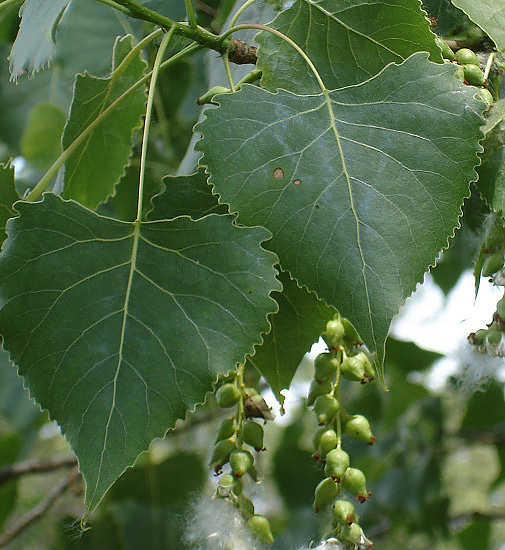
Eastern Cottonwood Landmark College

Facts About Cottonwood Trees Gardenerdy
Cottonwood Tree All You Need To Know About Environmental Earth

3 Types Of Cottonwood Trees Home Stratosphere
Tree Facts 1 Poplars Shortleaf
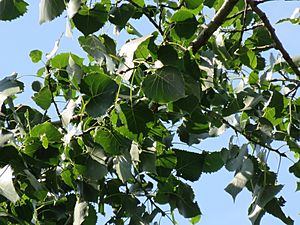
Eastern Cottonwood Facts For Kids
Louisiana Plant Id Populus Deltoides Eastern Cottonwood

Facts About Cottonwood Trees Gardenerdy

Cottonwood Trees Of Manitoba Inaturalist

Identifying Eastern Cottonwood Youtube
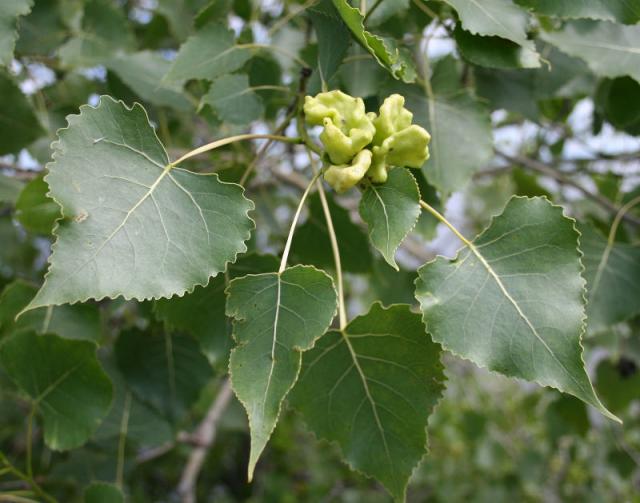
Populus Deltoides Eastern Cottonwood Salicaceae
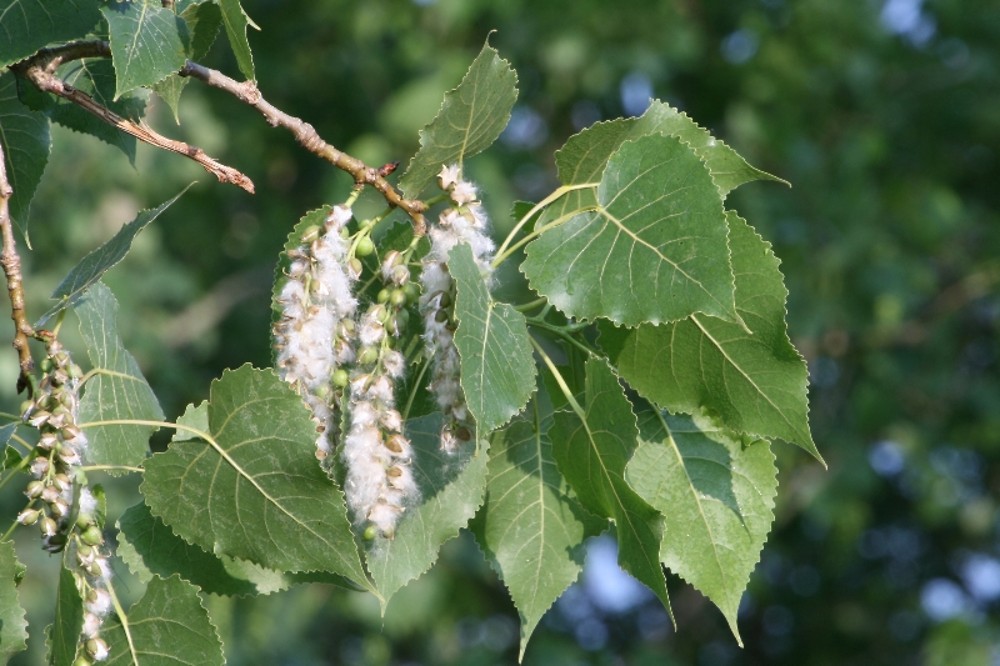
Populus Deltoides Eastern Cottonwood Necklace Poplar Go Botany
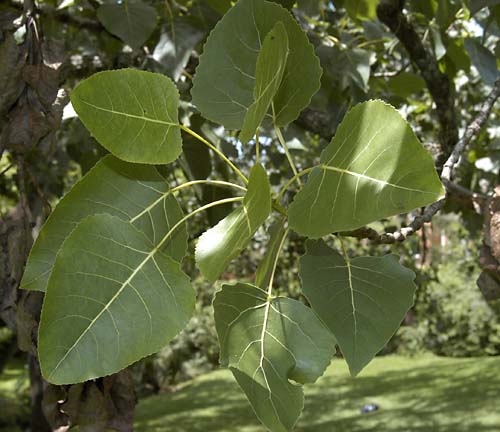
Populus Deltoides Eastern Cottonwood Salicaceae

Cottonwood Eastern Cottonwood Poplar Eastern Cottonwood Southern Cottonwood Mdc Teacher Portal

Eastern Cottonwood North Central Region Bottomland Hardwood Management Guide
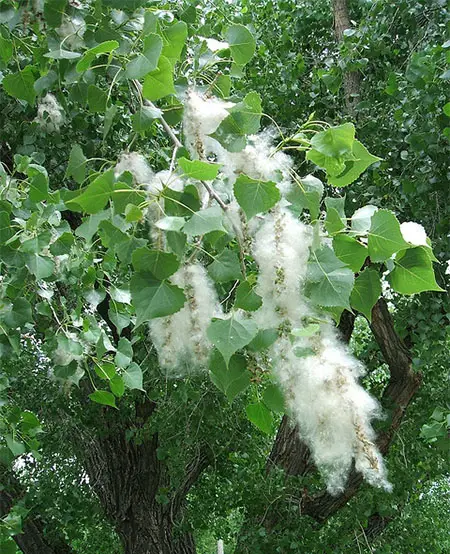
Cottonwood Tree All You Need To Know About Environmental Earth
